July 27, 2016 — Heal the Bay released today a landmark study of water quality in the Los Angeles River. Dr. Katherine Pease, the study’s author, explains why improving the river’s water quality should be an integral part of any plan to restore it.
Last week’s massive 2.4 million gallon sewage spill into the Los Angeles River and subsequent closure of local beaches illustrates the serious water-quality challenges facing our inland waterways.
Sewage spills are unusual one-time events, but a new study that I have just completed demonstrates that bacterial pollution continues to plague the river on a chronic, long-term basis. We are releasing the results today.
The findings are a cause for both concern and opportunity — given the growing recreational uses of the river and a $1 billion revitalization plan for L.A.’s central water body.
The L.A. River Study
The study shows that popular recreation spots along the Los Angeles River suffer from very poor water quality, which poses health risks to the growing number of people who fish, swim and kayak in its waters.
Kayaking and other recreational opportunities are frequently described by participants as transformational in their perception of the Los Angeles River. Getting on the water helps people move beyond the stereotypical image of a concrete drainage ditch to a vision of a vibrant river filled with life and potential.
My transformational moment at the river took place in 2009 when I was asked by a friend to participate in River School, an educational event put on by Friends of the Los Angeles River (FOLAR) in the Elysian Valley. We scouted an area by Fletcher Avenue the day before, searching for examples of native and non-native plants as well as aquatic life in scoops of water.
 I was amazed at this newly discovered area that had been hiding in plain sight. I found a hawk pellet underneath an overpass of a busy street. I ate a mulberry from a tree growing in the river. I also saw signs of a waterbody that needed help. Pollution in the form of trash was obvious, but the unseen pollution was also troubling.
I was amazed at this newly discovered area that had been hiding in plain sight. I found a hawk pellet underneath an overpass of a busy street. I ate a mulberry from a tree growing in the river. I also saw signs of a waterbody that needed help. Pollution in the form of trash was obvious, but the unseen pollution was also troubling.
The importance of developing a personal connection to the river cannot be overstated. Heal the Bay hopes that people continue to have transformational moments in its waters and that the river itself can be transformed into a waterbody meeting its beneficial uses of recreation, recharging groundwater, and providing habitat for wildlife.
But we have a long way to go – as the study clearly demonstrates.
Building on Heal the Bay’s work as a watchdog for public health at local beaches, we began monitoring popular, previously unmonitored freshwater recreational areas in 2014 starting with swimming holes in the Santa Monica Mountains, and adding sites in the L.A. River in 2015.
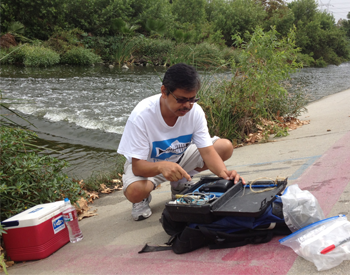 Heal the Bay staff scientists collected and tested water samples weekly for fecal indicator bacteria at three sites in the two recreation zones in the Sepulveda Basin and Elysian Valley areas of the river over a three-month period in summer 2015.
Heal the Bay staff scientists collected and tested water samples weekly for fecal indicator bacteria at three sites in the two recreation zones in the Sepulveda Basin and Elysian Valley areas of the river over a three-month period in summer 2015.
Bacteria levels varied among the sites in the new L.A. River study, but overall were quite high. For example, samples for one type of fecal indicator bacteria, Enterococcus, exceeded federal standards 100% of the time at two sites in Elysian Valley (Rattlesnake Park and Steelhead Park) and 50% of the time in Sepulveda Basin. The Rattlesnake Park site also suffered from a 67% exceedance rate for E. coli.
These exceedances indicate risk for ear infections, respiratory illnesses and gastrointestinal illnesses for people who come in contact with the water.
Much of the water that flows in the L.A. River is highly treated and sanitized wastewater from the city of L.A.’s Tillman Reclamation Plant in Van Nuys, nearly 16 million gallons a day. Tillman’s discharge is not considered a source of bacterial pollution, and without its flow there would likely be no kayaking in the Los Angeles River.
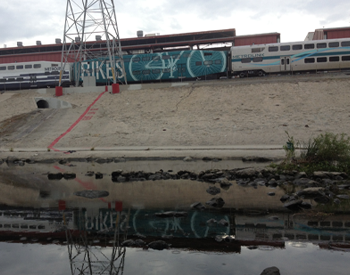 Although the recreation zones were previously unassessed, monitoring in other stretches of the L.A. River show high bacteria counts, which led to the L.A. River’s designation by the state as a bacteria-impaired waterbody. The Los Angeles Regional Water Quality Control Board has also imposed a bacteria Total Maximum Daily Load, or TMDL, for the river, which identifies several contributors of harmful bacteria to recreational zones along the river: urban runoff, leaks and flows from wastewater collection systems, illicit connections and failing septic systems. Bacteria sources include pets, horses and human waste.
Although the recreation zones were previously unassessed, monitoring in other stretches of the L.A. River show high bacteria counts, which led to the L.A. River’s designation by the state as a bacteria-impaired waterbody. The Los Angeles Regional Water Quality Control Board has also imposed a bacteria Total Maximum Daily Load, or TMDL, for the river, which identifies several contributors of harmful bacteria to recreational zones along the river: urban runoff, leaks and flows from wastewater collection systems, illicit connections and failing septic systems. Bacteria sources include pets, horses and human waste.
By law, cities along the river and entities who discharge into it are required to enact pollution-reducing measures to comply with the federal Clean Water Act. The final deadlines for these regulations are a ways off, with interim and final goals set for 2030 and 2037, respectively. However, cities have worked together to develop an Enhanced Watershed Management Plan to address these issues with shorter-term milestones along the way.
In the report, Heal the Bay staff scientists laud recent efforts to revitalize the L.A. River and to open up public access to recreational zones. However, water quality improvements are needed to expand these opportunities and protect public health.
The federal Army Corps of Engineers has an approved $1.3-billion plan to revitalize an 11-mile stretch of the river, focusing on habitat and recreational improvement. Heal the Bay strongly urges that rehabilitation work incorporate specific and measurable measures to enhance water quality.
The full report has a detailed list of recommendations for increasing beneficial uses while protecting public health. Among them:
- Swimming: While many families recreate in the water, particularly on hot days, adults and children should avoid swimming in the L.A. River, particularly submersing their heads under water. We envision a swimmable L.A. River one day but current water quality is not yet at a healthful level. If there is any water contact, rinse off with soap and water afterward.
- Kayaking and Angling: People should limit water contact, especially avoiding hand-to-face water contact. Users should not enter the water with an open wound, if immunocompromised, or after a rainfall. If there is water contact, rinse off with soap and water afterward.
- Public notification: All groups promoting recreation in the L.A. River should provide water quality information and best practices to all participants, using consistent, accurate and prominent information on all outreach materials, and in multiple languages, consistent with the demographics of visitors.
- Increased monitoring: The City of Los Angeles or responsible municipal agency should institute, at a minimum, weekly water quality testing for fecal indicator bacteria in the recreation zones during the open season (Memorial Day to the end of September), and at other known swimming spots along the Los Angeles River.
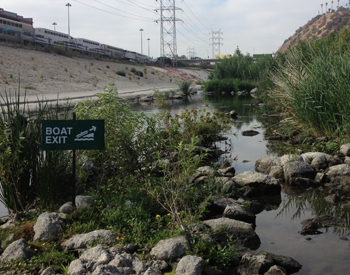 The City of Los Angeles recently convened a stakeholder workshop to discuss water quality issues in the L.A. River and specific near-term and long-term measures to ensure that the public is informed of water quality issues. We had a robust discussion about ways to minimize risk and to implement solutions to reduce chronic pollution. We are cautiously optimistic and look forward to working with the City to put these plans into motion.
The City of Los Angeles recently convened a stakeholder workshop to discuss water quality issues in the L.A. River and specific near-term and long-term measures to ensure that the public is informed of water quality issues. We had a robust discussion about ways to minimize risk and to implement solutions to reduce chronic pollution. We are cautiously optimistic and look forward to working with the City to put these plans into motion.
At the regional level, Heal the Bay continues to advocate for funding for comprehensive water-quality improvement projects like increased stormwater capture and wastewater recycling. These measures would reduce polluted flow into our recreation zones while increasing local water supplies in a time of drought.
About Heal the Bay and the L.A. River
Heal the Bay has been monitoring water quality in streams and rivers since 1998 through our Stream Team program. In 2014 we initiated a pilot study to monitor human use and water quality of freshwater swimming spots in the Santa Monica Mountains, focusing on bacterial pollution and public health implications.
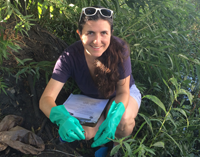 We are currently in our third summer of monitoring water quality in those swimming locations. Given Heal the Bay’s 25-year history of informing and educating beach-goers about beach water quality through our Beach Report Card, assessing the water quality of the Los Angeles River recreation zones was a natural next step.
We are currently in our third summer of monitoring water quality in those swimming locations. Given Heal the Bay’s 25-year history of informing and educating beach-goers about beach water quality through our Beach Report Card, assessing the water quality of the Los Angeles River recreation zones was a natural next step.
Heal the Bay has a long history of work on the Los Angeles River; we have advocated for improved habitat, water quality, and recreation by weighing in on numerous policies and permits concerning the Los Angeles River such as TMDLs, the Recreational Use Reassessment (RECUR) study, permits for dredging and clearing vegetation, and other regulatory actions.



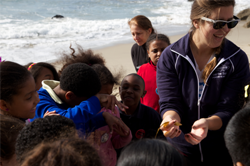

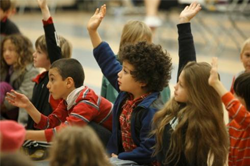





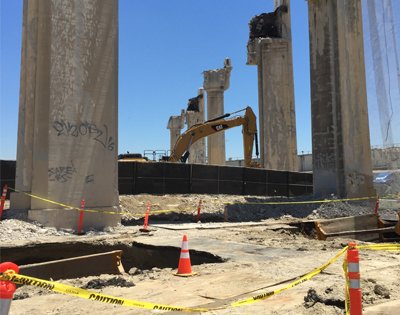 We pulled up to the site, located where active construction is already going on – the highly publicized demolition of the 6th Street Bridge in Boyle Heights. The immediate rupture area was now cleared of the heavy machinery ever-present during the months-long razing of the iconic bridge, but I could still hear demolition crews working nearby. I couldn’t help but wonder if all this heavy construction nearby might have played a role in the failure of the sewer line.
We pulled up to the site, located where active construction is already going on – the highly publicized demolition of the 6th Street Bridge in Boyle Heights. The immediate rupture area was now cleared of the heavy machinery ever-present during the months-long razing of the iconic bridge, but I could still hear demolition crews working nearby. I couldn’t help but wonder if all this heavy construction nearby might have played a role in the failure of the sewer line.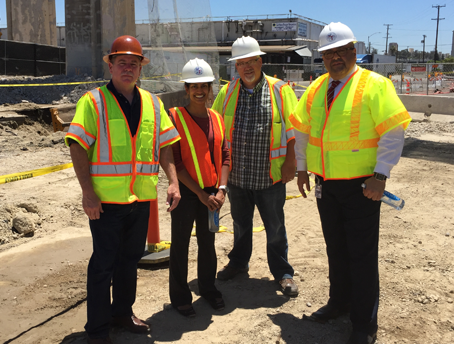
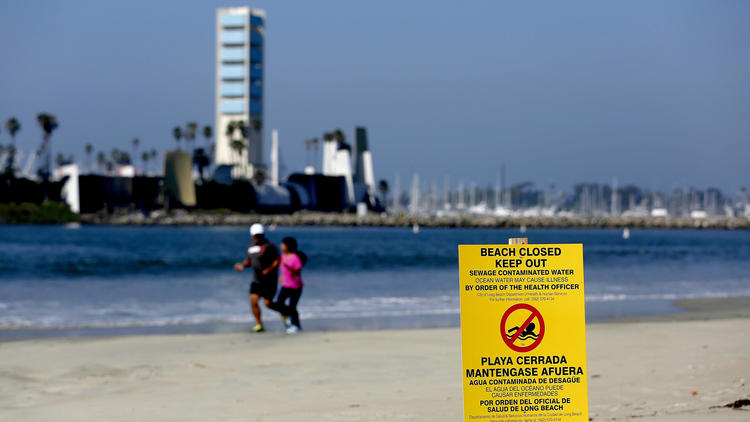
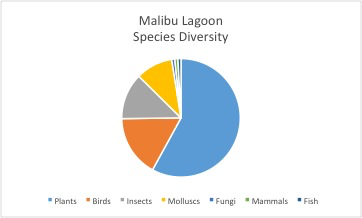 Most of our observations were of the amazing plants that rely on the wetlands to thrive. Plants form this environment’s base, providing a natural filter for water as it passes through. They also provide habitat, food, and shelter for the populations of birds, insects, and reptiles that live in wetlands. We found both sites were host to dozens of bird species including great blue herons, snowy egrets, and brown pelicans. Every year, almost one billion birds migrate along the coast of California in an area known as the Pacific coast flyway. Wetlands in Southern California are a crucial pit stop for migratory birds and the diversity of species we observed is promising. In just three hours at Ballona, we saw 17 different species of birds – almost a third of the bird species found in an extensive wetlands survey conducted by The Bay Foundation that spanned months. This shows the power of BioBlitzes to capture important data for conservation.
Most of our observations were of the amazing plants that rely on the wetlands to thrive. Plants form this environment’s base, providing a natural filter for water as it passes through. They also provide habitat, food, and shelter for the populations of birds, insects, and reptiles that live in wetlands. We found both sites were host to dozens of bird species including great blue herons, snowy egrets, and brown pelicans. Every year, almost one billion birds migrate along the coast of California in an area known as the Pacific coast flyway. Wetlands in Southern California are a crucial pit stop for migratory birds and the diversity of species we observed is promising. In just three hours at Ballona, we saw 17 different species of birds – almost a third of the bird species found in an extensive wetlands survey conducted by The Bay Foundation that spanned months. This shows the power of BioBlitzes to capture important data for conservation.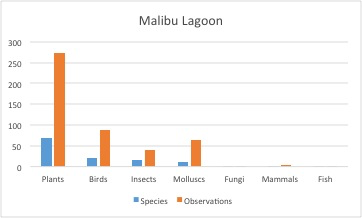 From 2012 to 2013, Heal the Bay advocated for an ecological restoration of Malibu Lagoon which involved removing invasive species, replanting native ones, and adjusting the hydrology of the wetland. Inventories done by The Bay Foundation showed only six species of native plants prior to restoration, while almost 41 were noted after the restoration! Since plants form the base of an intricate web of life in the wetlands, bringing back natives can also bring back other species – including those that are threatened. At both sites our BioBlitzers found four threatened species, but that number will certainly increase with more sampling.
From 2012 to 2013, Heal the Bay advocated for an ecological restoration of Malibu Lagoon which involved removing invasive species, replanting native ones, and adjusting the hydrology of the wetland. Inventories done by The Bay Foundation showed only six species of native plants prior to restoration, while almost 41 were noted after the restoration! Since plants form the base of an intricate web of life in the wetlands, bringing back natives can also bring back other species – including those that are threatened. At both sites our BioBlitzers found four threatened species, but that number will certainly increase with more sampling.
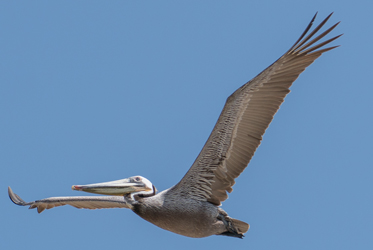
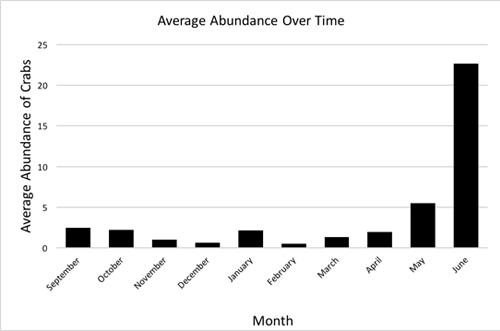
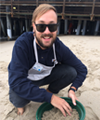 Taylor Spesak is the Aquarium’s public programs educator. Join him every Wednesday at 3pm for sand crab monitoring. The program is included with
Taylor Spesak is the Aquarium’s public programs educator. Join him every Wednesday at 3pm for sand crab monitoring. The program is included with 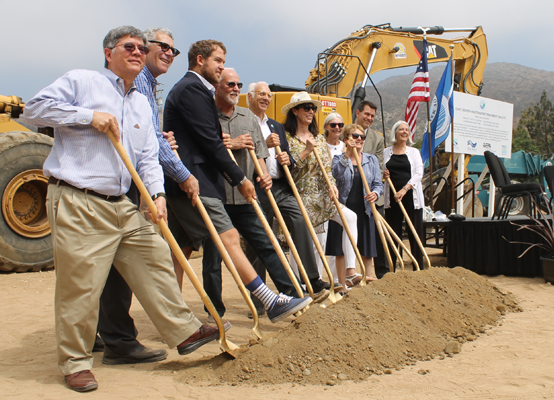 It was especially gratifying to see Mark Gold, past Heal the Bay president and current board member, in attendance. Amid often fierce opposition from city officials and some Malibu property owners, Gold led the charge to demand an end to septic tanks in the Civic Center area for many years. He helped broker an MOU between the city and the regional water board that phased out septic tanks and mandated the building of a more modern treatment facility. (You can read more about his war wounds in one of his blog posts
It was especially gratifying to see Mark Gold, past Heal the Bay president and current board member, in attendance. Amid often fierce opposition from city officials and some Malibu property owners, Gold led the charge to demand an end to septic tanks in the Civic Center area for many years. He helped broker an MOU between the city and the regional water board that phased out septic tanks and mandated the building of a more modern treatment facility. (You can read more about his war wounds in one of his blog posts